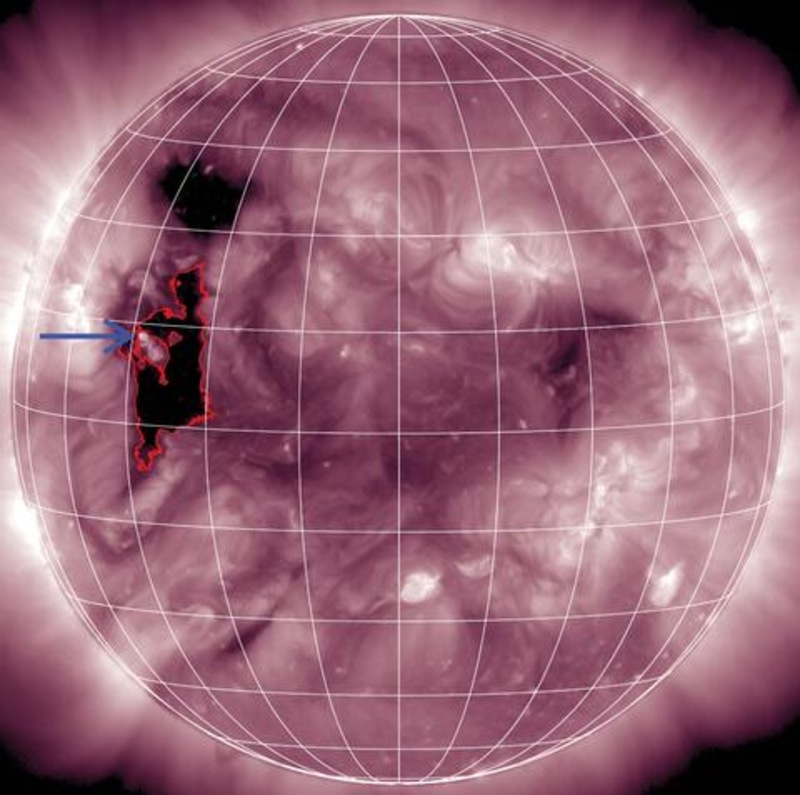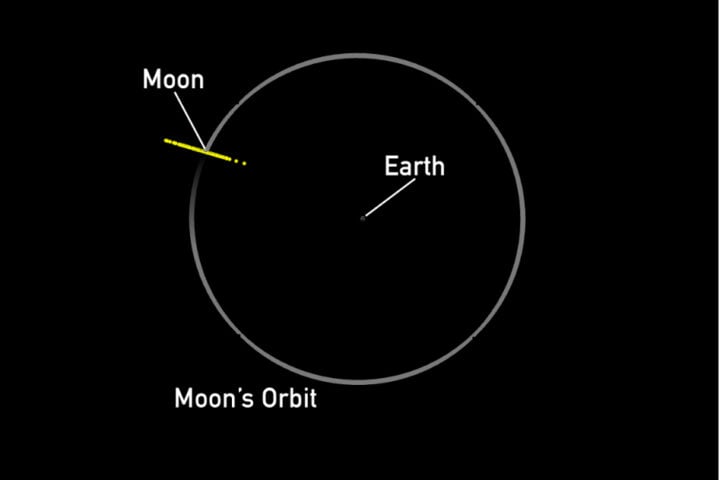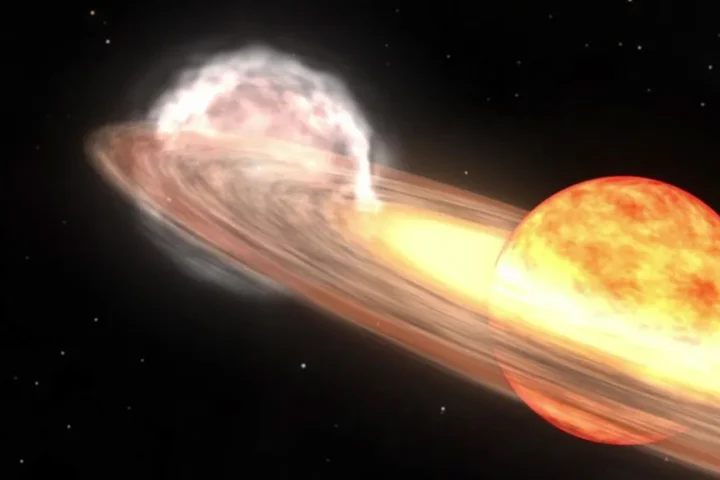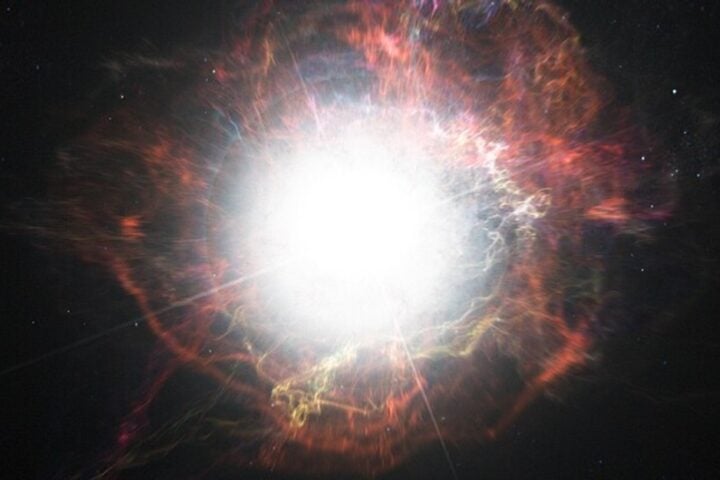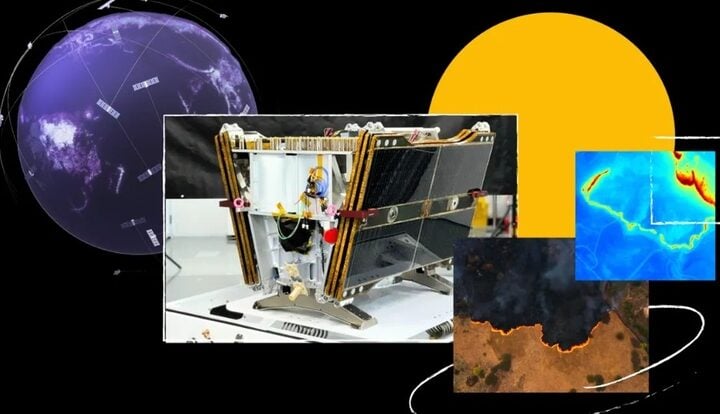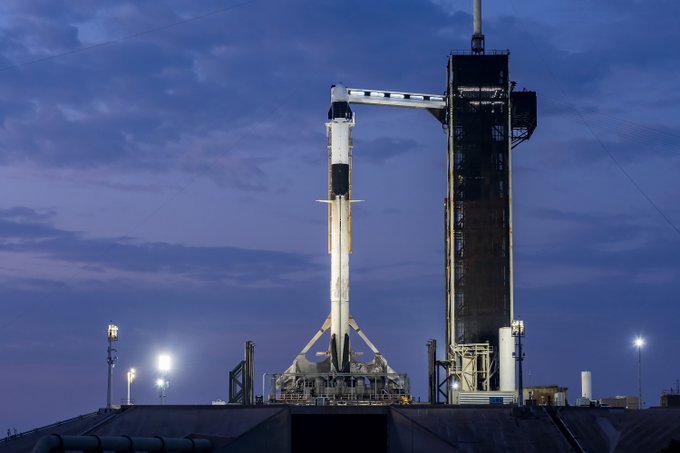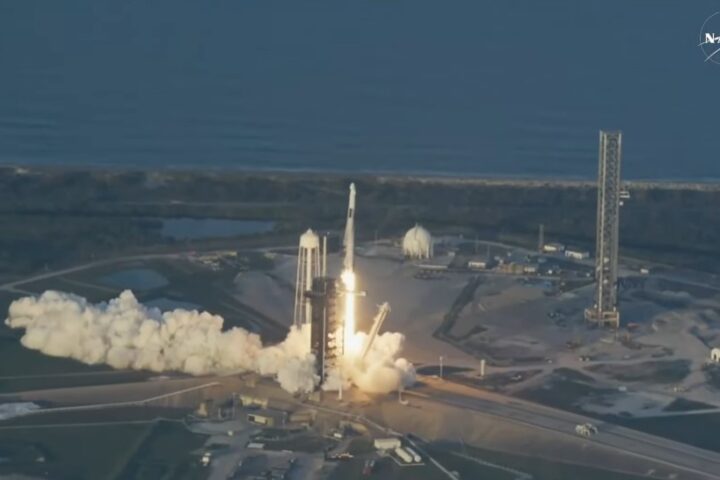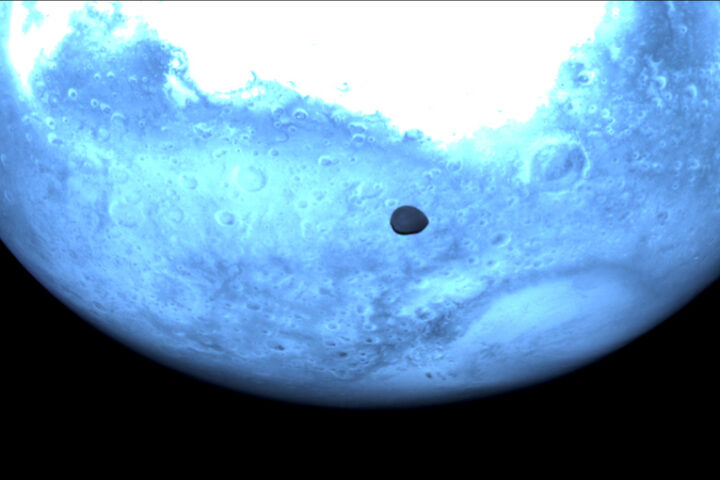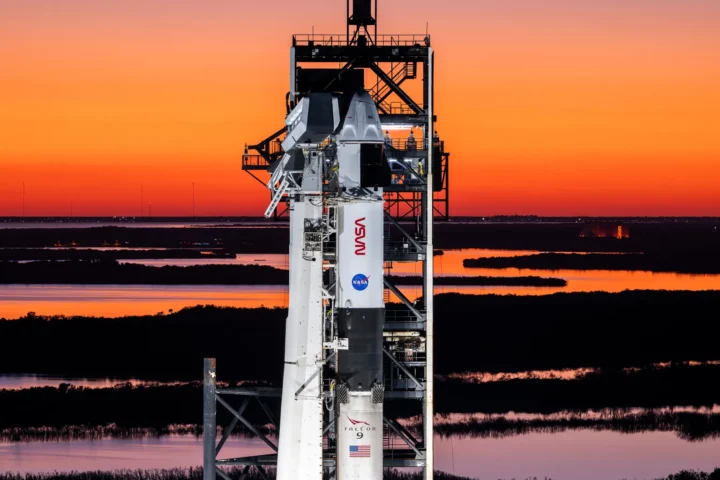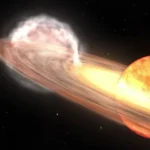Scientists have observed the highest-ever concentration of a rare helium isotope released from the Sun, challenging what we know about solar particle acceleration and opening up new questions about our star’s behavior.
The NASA/ESA Solar Orbiter recently detected an unprecedented 200,000-fold increase in helium-3 (³He) concentration during a solar event. This is far beyond the typical 10,000-fold enrichment seen in similar events, making it truly exceptional.
“This rare isotope, which is lighter than the more common ⁴He by just one neutron, is scarce in our solar system — found at a ratio of about one ³He ion per 2,500 ⁴He ions,” explained Dr. Radoslav Bucik, lead researcher from Southwest Research Institute (SwRI).
What makes this discovery particularly puzzling is its source. Most energetic particle events come from active regions of the Sun with strong magnetic fields. However, this massive ³He release originated from a small solar jet at the edge of a coronal hole — a relatively quiet region with weaker magnetic fields.
“Surprisingly, the magnetic field strength in this region was weak, more typical of quiet solar areas rather than active regions,” Bucik noted. “This finding supports earlier theories suggesting that ³He enrichment is more likely in weakly magnetized plasma, where turbulence is minimal.”
Similar Posts
The unusual nature of this event extends beyond just the record-breaking helium-3 levels. Scientists also observed an atypical pattern of other elements. Normally, these events show increased levels of heavy ions like iron. In this case, iron levels didn’t increase, but carbon, nitrogen, silicon, and sulfur were much more abundant than expected.
This rare combination of extreme ³He enrichment and unusual elemental composition has only been documented 19 times in the past 25 years of solar observations.
The discovery highlights the value of having spacecraft like Solar Orbiter operating close to the Sun. While the Parker Solar Probe was positioned favorably, it was too far away to detect this small but significant event.
Helium-3 has several important applications on Earth, including use in neutron detection for security applications. While the Sun occasionally releases concentrated bursts of this isotope, capturing it from space would be challenging with current technology.
Scientists will continue analyzing this event to better understand the mechanisms behind solar particle acceleration.

The study detailing these findings was published in The Astrophysical Journal under the title “Origin of the Unusual Composition of ³He-rich Solar Energetic Particles.”
